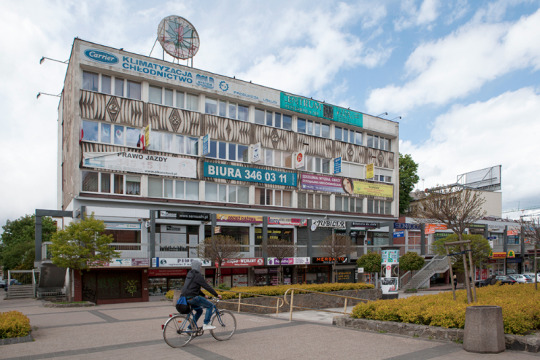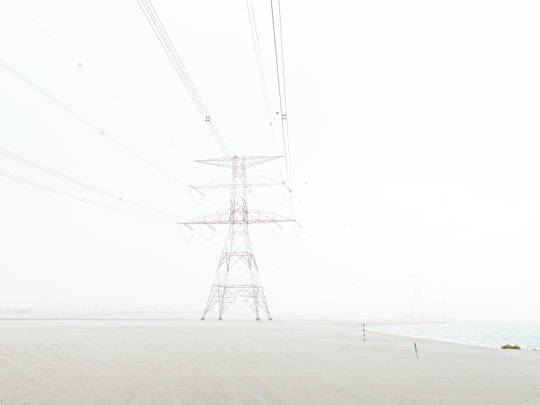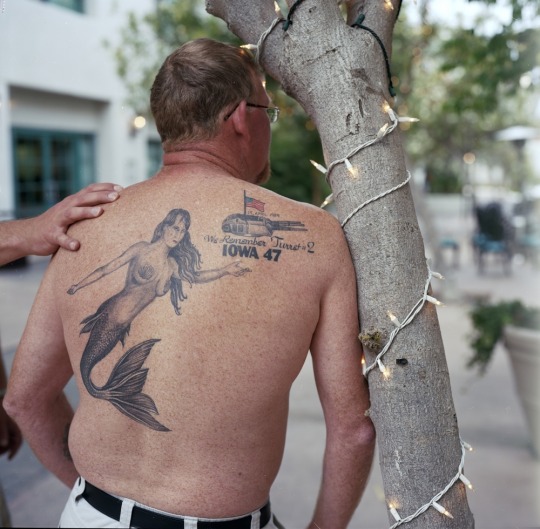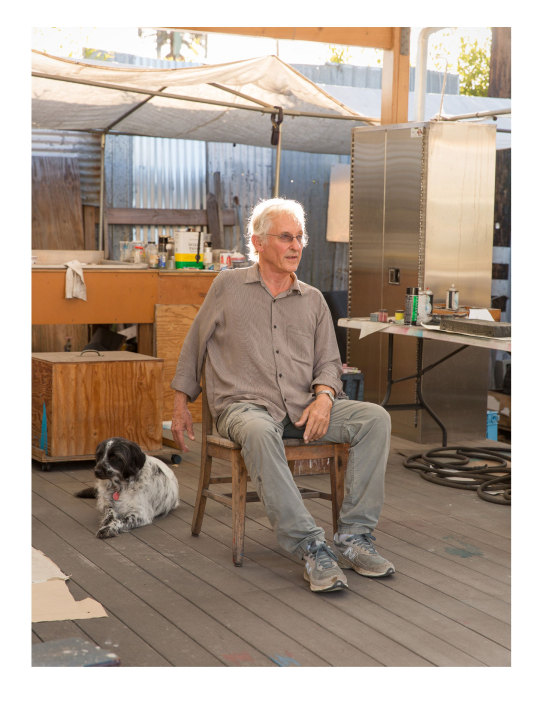Photo
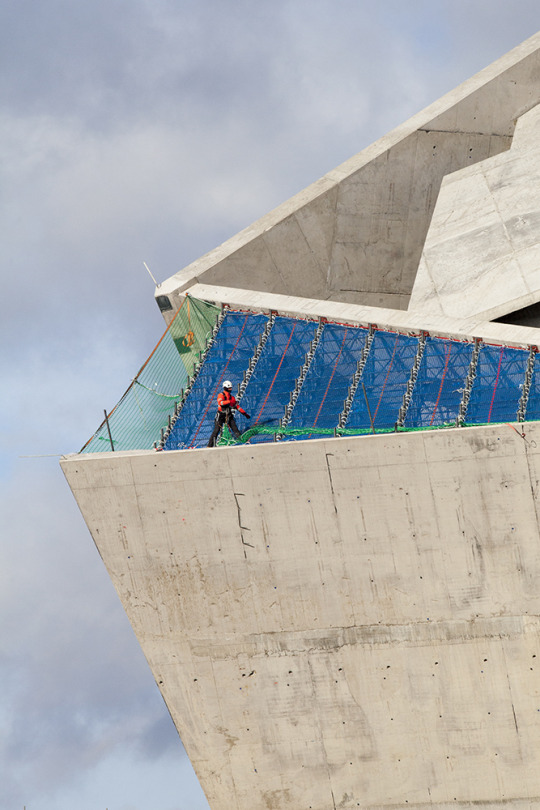
I’m just finishing up my new website, which includes some previously unseen work including a series documenting the construction of the WW2 Museum in Gdańsk. Still a little under construction but almost there.
www.jamesonkergozou.co.uk
https://www.instagram.com/kergozou/
8 notes
·
View notes
Photo
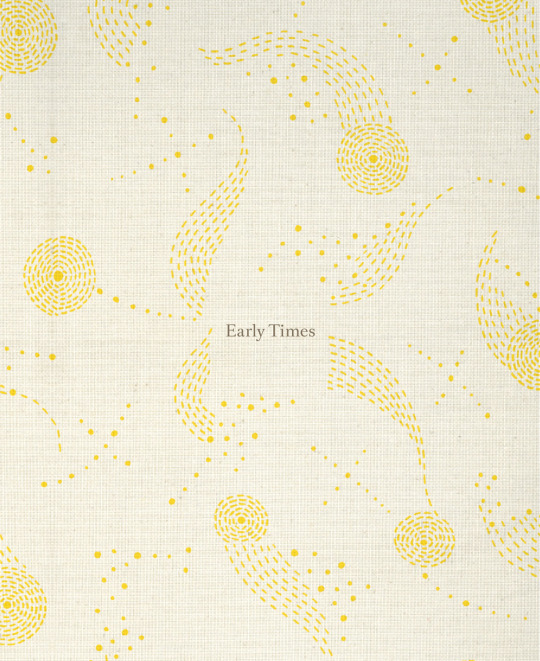





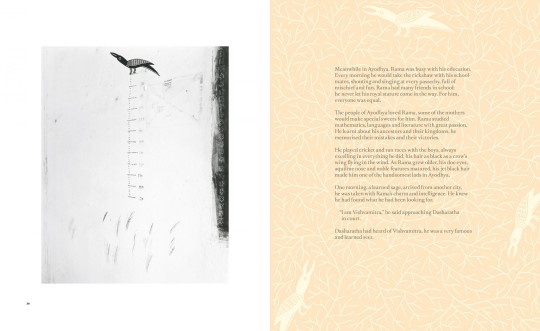



twelvebooks distribution list 2016:
EARLY TIMES
photographed by Vasantha Yogananthan
245 x 300 mm
hardcover / 104 pages / color & black and white
limited edition of 1,600 copoes
illustrated by Mahalaxmi & Shantanu Das
designed by Kummer&Herrman
published by CHOSE COMMUNE
7,800 yen + tax
121 notes
·
View notes
Photo
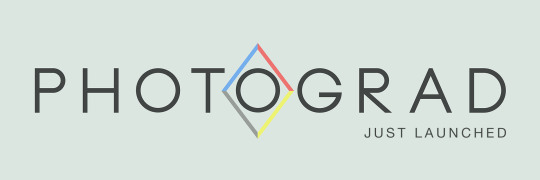
Congratulations to Melissa and Lauren at Photograd for all of their hard work. I was kindly asked to make a selection from the submissions, take a look at Craig Gibson, Jess Leonard, Jocelyn Allen and Matt Macpake’s work here.
8 notes
·
View notes
Photo
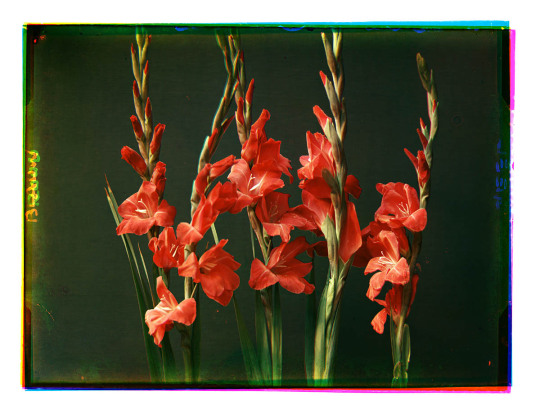


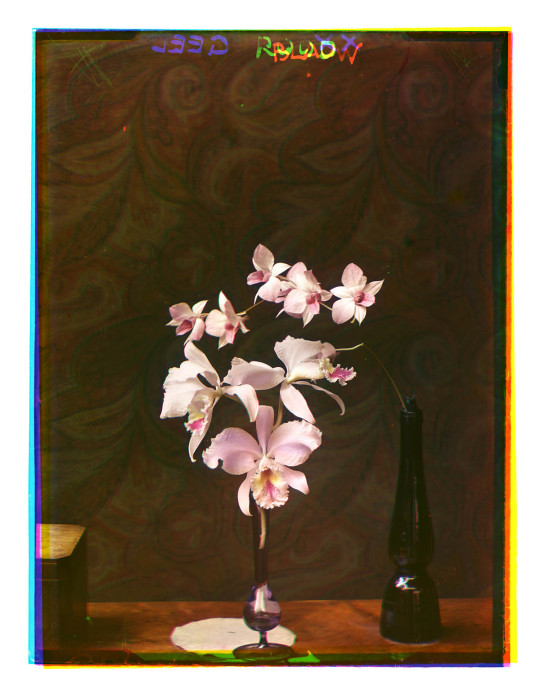


Bernard F. Eilers, still lives of flowers, 1934-39. Color separation negatives, gelatine plates. Netherlands. Geheugen van Nederland
926 notes
·
View notes
Text
In conversation with Simon Crofts
Interview by Iain Sarjeant

Simon Crofts is an Edinburgh based photographer who has spent many years living in and photographing Eastern Europe. With the recent release of his book ‘Expectations’ it seemed a good time to catch up with Simon and talk to him about his work.
Many thanks for offering to answer a few questions for Another Place Simon.
To begin with can you give us a little background about yourself and your route into photography?
I was working as a lawyer in Moscow during the ‘90’s. Russia at that time of transition (which it’s still in) was so visually interesting, that I decided I had to start taking pictures. But by bit, the pictures took over and became more important to me than my office job. Not longer after I returned to the UK, I decided to concentrate on being a photographer. I met my now wife, Sylwia Kowalczyk, who is also a photographer, while visiting Bratislava, so I pretty much immediately moved to Poland, which was a great base to explore Ukraine from.
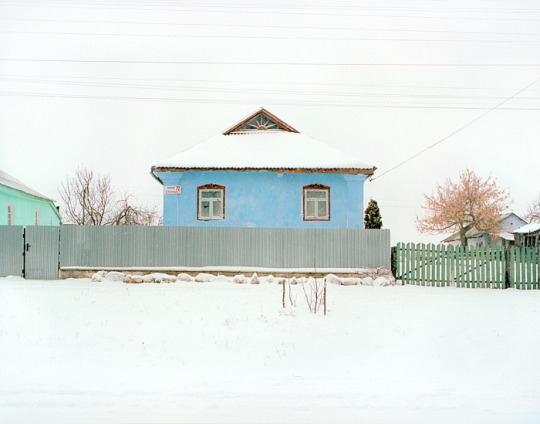
What influences, both photographic and from elsewhere, were important to the development of your photographic work?
The biggest one is Sylwia – and it was quite inspiring to be living in Krakow among all these graduates, students and teachers of the Academy of Fine Arts, there is a buzzing photography scene. I spent a lot of time learning by proxy.
In terms of influences, it’s from all over – Sylwia’s work is quite different from mine, so I enjoy constructed photography (like Philip Lorca di Corcia or Jeff Wall) or more considered studio photography (like Nadav Kander) or a kind of quirky/distorted look at the work (like Vivian Sassen – or above all Sylwia’s own work), as well as documentary practitioners (Rafal Milach or Alec Soth perhaps). But above all, I’m drawn to form and symbolism – the former probably comes with childhood obsessions with Ben Nicholson, Joan Miro, Piet Mondrian, Vassily Kandinsky and so on), the latter, I don’t know from where.
Your project ‘Expectations’ focuses on your personal relationship with Ukraine – what led you to start working on the project initially?
Ukraine, Russia, Belarus, Poland – has been my life for about 22 years, so I couldn’t not do a project about the region. Russian and Ukrainian literature and music has been at the core of what I do since I was about 10, and then I moved to Moscow above all because I liked Shostakovitch – but also because of all the rest of Russian culture that was part of me. So I really had no choice. I had thousands of thoughts, impressions, recollections, long relationships with friends and families, all buzzing around inside my head, and doing the project helped to release me from some of it – getting it down on paper, at least a proportion of it, cleared terabytes of storage space in my head and has been a tremendous release.
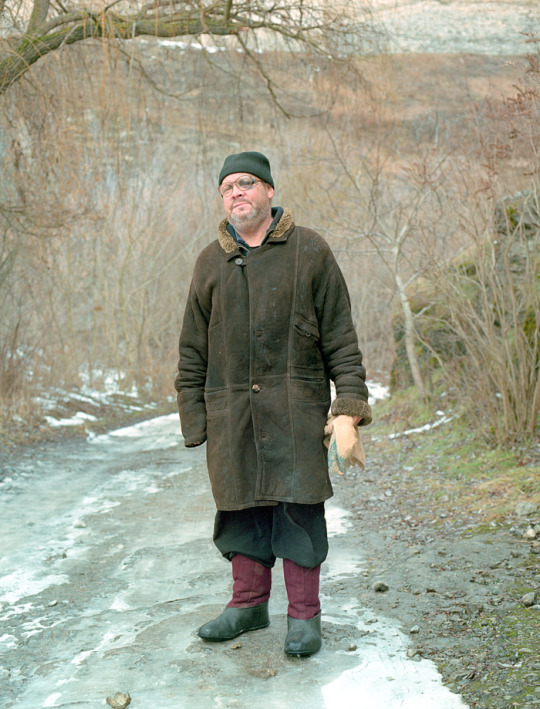
You describe the work as a collection of visual poems, which draw on Ukrainian and Russian literature, music and history – as well as personal recollections, interviews and chance encounters. The result in my eyes is a wonderful meeting of images and words. Did you have a clear idea from the outset that you wanted all these elements to feed in, and how did you decide on the structure for what is quite a complex project?
I tried showing images alone, but there were so many thoughts behind them – not so much explanations of individual pictures, but more impressions or ideas that the viewer wouldn’t have a hope of getting if there wasn’t a background text. So the text wasn’t meant to explain pictures, but it was a way of getting the viewer’s brain ticking over, and looking themselves for connections and ideas, and at the same time telling them some things (historical or cultural or memories) that they simply would be unlikely to know otherwise. So I came to the conclusion that the text really had to be there – and that it had to be my text, it couldn’t be a commentary from someone else. You can view the pictures without it, in an exhibition for example, there is no need to lay out all those words, and no one would ever have time to read it, but at least the ideas exist and anyone who is for whatever reason motivated enough to dig can find them.
There were so many ideas I needed to give them a structure, and this grew out of Shostakovitch’s 13th symphony, his “Babi Yar” (one of the pictures in my book incidentally, is taken at Babi Yar). Shostakovitch set five poems by Yevtushenko to music. These didn’t quite fit what I wanted (after all, Ukraine has moved on from Soviet times), so I adopted my own similar-ish structure of visual poems on the roughly related themes of:
1. Fortune
2. Fears
3. Memory
4. Utopia
These half mirror the symphony, and the theme of strong women is very important in the book - even though it isn’t a separate chapter it is a thread that runs through it. But my central theme is this eternal waiting for things to improve – fortune – and Ukraine as a utopia (my own personal one and the result of a failed utopia of socialism).
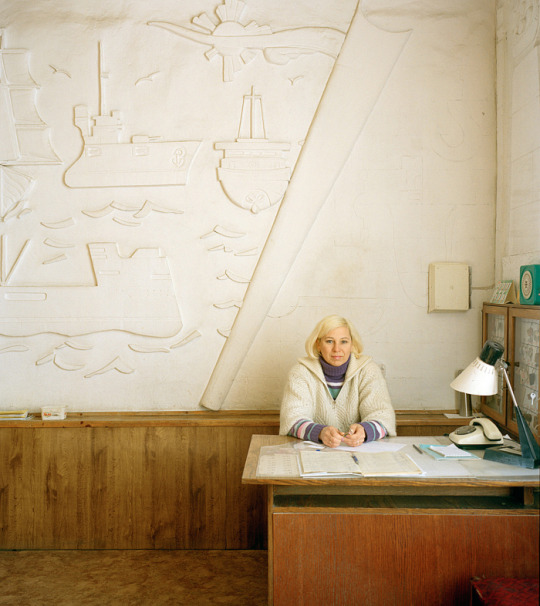
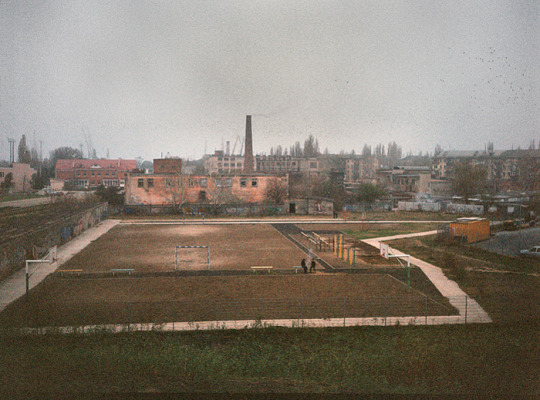

Ukraine’s recent history has been politically turbulent, not least in the last couple of years. ‘Expectations’, however, seems very much an intimate portrait of the country and it’s people – was it a conscious decision to keep political events in the background of the project and if so how easy was this to achieve?
Yes, I wanted to avoid current politics, taking a side. At the same time, I have my own perspective, and I think the book explains something about why what is going on is happening. There is this tug of war between aspiration and memory. Memory may be national pride in achievements of the Great Patriotic War, or nostalgia for a Soviet or Tsarist past, the cultural significance of Crimea as an aspiration.
When I started the project, the current conflict wasn’t obviously on the horizon, and the project was more about all these aspirations and tensions which were being ignored and not understood, that western Europe didn’t seem very interested in. Well, the consequences of that lack of interest quickly became apparent, and the current tensions are a kind of symptom of a lot of what I am talking about in the book. Western Europe has woken up a bit, but still doesn’t seem that interested in understanding.
At one or two points I had to bite my tongue and try not to say one or two things or include some recollections which might be more directly political, because I think that would distract attention from understanding and make the book take sides.

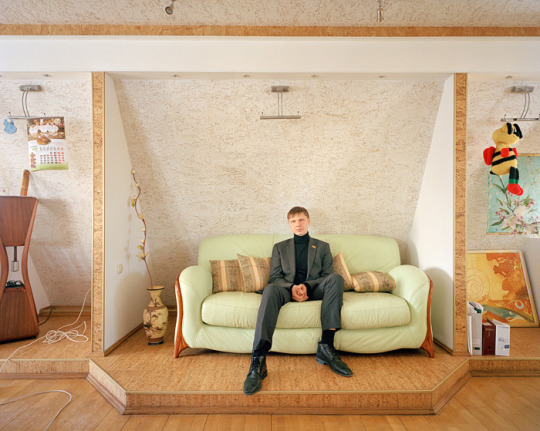
When you were in Ukraine, what was your practical approach to working on the project? Were there specific images you wanted to find to illustrate aspects of the project or was your style of working more free and spontaneous? Did you mostly arrange to meet up with people or was much left to chance encounters? Were people generally interested in the project and happy to be photographed?
The style of working was more free and spontaneous, but the core of it was, as far as portraits were concerned, human interaction – either people who were close and important to me, or strangers where there was an electricity in meeting. One of the fun things about being a Russian speaker wandering around on my own, especially in the immediate post-Soviet collapse period in the early ‘90’s was that there weren’t many foreigners walking around who could talk directly – and very many, maybe even most in the beginning, of the Russians and Ukrainians I met hadn’t spoken to a foreigner before, at least from the other side of the Iron Curtain. That was an amazing feeling, it felt a bit like being Christopher Columbus sometimes. Nowadays, most people have met foreigners and very many have been abroad, but there is still something special about these conversations with complete strangers in unexpected places, and taking a portrait is always an intimate experience in any case.
For landscapes, I was above all interested in meaning, symbolism and emotion. So it might be what happened at that place, or it might be symbolism in the landscape, or it might remind me perhaps of a short story, but on top of that it had to work visually (back to those painters who I liked as a child).


The book is beautifully designed and flows through the four themes of utopia, fears, memory and fortune. As the ‘journey’ through it’s pages is clearly very important to the project’s presentation, can you tell us a little bit about how you approached editing and sequencing the images?
I sequenced them visually, within the context of the four poems. Once the themes of the poems were fixed, the sequencing of the images had to be determined only on a visual basis, so that they stand alone without the text. The assumption is that the reader/viewer is only going to look at the pictures, and the book must work like that. If he or she dives into the text, that is a bonus, and they might do that randomly.
Does the publishing of the book draw a line under the project, or do you intend to keep working on it or develop it in a new direction?
I don’t think I can get Ukraine and Russia out of my DNA, so am sure that there will be more connected with there. In any case, I have my half-completed ballet project which is based in the region. I keep threatening to do an Expectations II of some kind, but Sylwia has been suffering from my obsession with it for so long that I think I need to give her a (short) break.
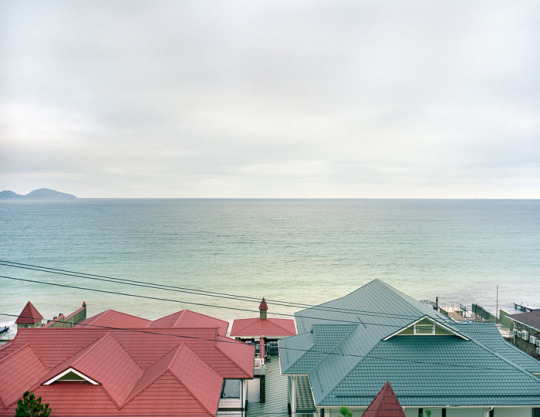

And finally, what’s next? Are there any new projects on the horizon? Anything closer to home in Scotland or will you continue to focus on Eastern Europe?
I have a few things bubbling away, including the ballet project, plus a series of portraits, amongst other things. I need to decide which one to concentrate on next. Sylwia and I have been working on a joint project in Scotland about paganism, watch this space.
Thanks again for your time Simon – very much appreciated.
Simon’s book ‘Expectations’ is available to purchase here - in my opinion it’s one of the best photobook releases of 2015 …highly recommended.

You can also visit Simon’s website to see more of his work, and follow him on twitter.



All images & text © Simon Crofts
91 notes
·
View notes
Photo
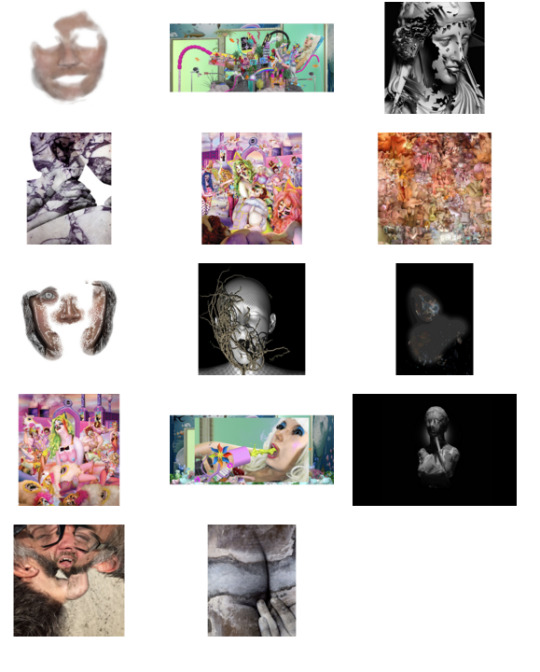
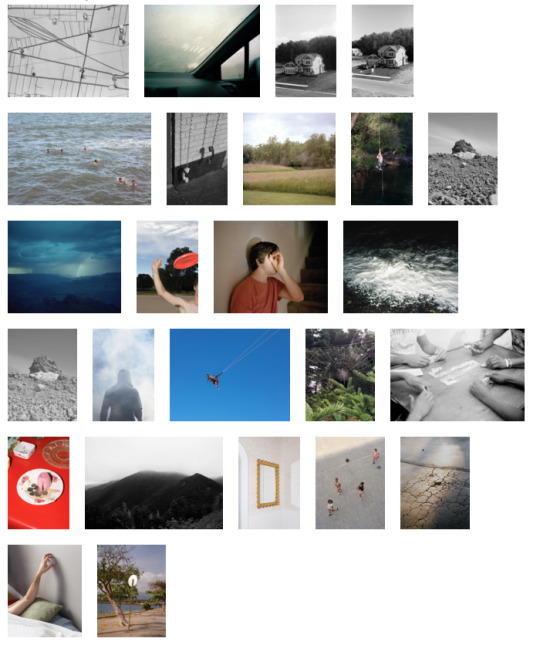
Check out our two recently released NET exhibitions:
NET 17: Digital Grotesque curated by Gregory Eddi Jones
Featuring work from Faith Holland, Bex Ilsley, Carolyn Janssen, Katie Torn, Mark Klink, Rachel Maclean, Erica Lapadat-Janzen, Danielle Ezzo, Pure Honey, R. Nuuja and Jose Camara.
NET 18: Going North curated by Lexi Brown
Featuring work from David Arkin, Emily Barresi, Meghan Boilard, Brenda Bingham, Sam Cannon, Denis Doorly, Kaitlin Egan, Rice Fan, Sayre Harvell, Trevor Raab, Alex Nelson and Amanda Webster
39 notes
·
View notes
Photo
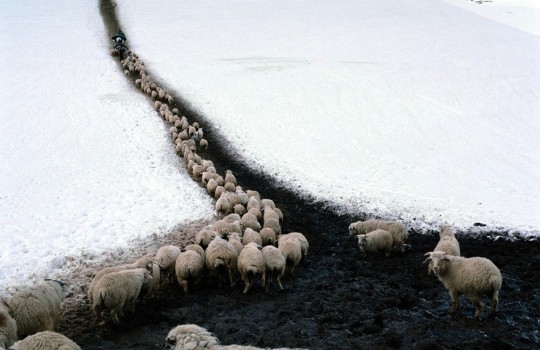
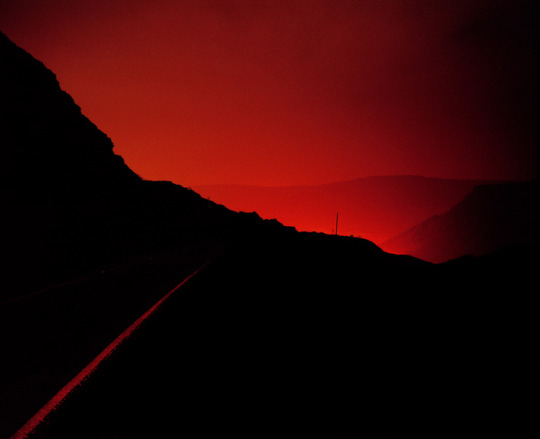
Dashboard serendipity #17
(pairings)
1. Dmitry Gomberg via Hldky
2. Paul Seawright via David Simonton
-
All pairings
402 notes
·
View notes
Photo




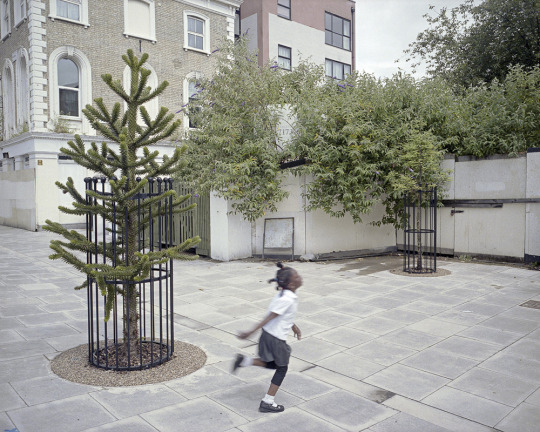

Strange.rs David Wilson’s latest book is available for you at
http://strange.rs/printed-matter/
120 notes
·
View notes
